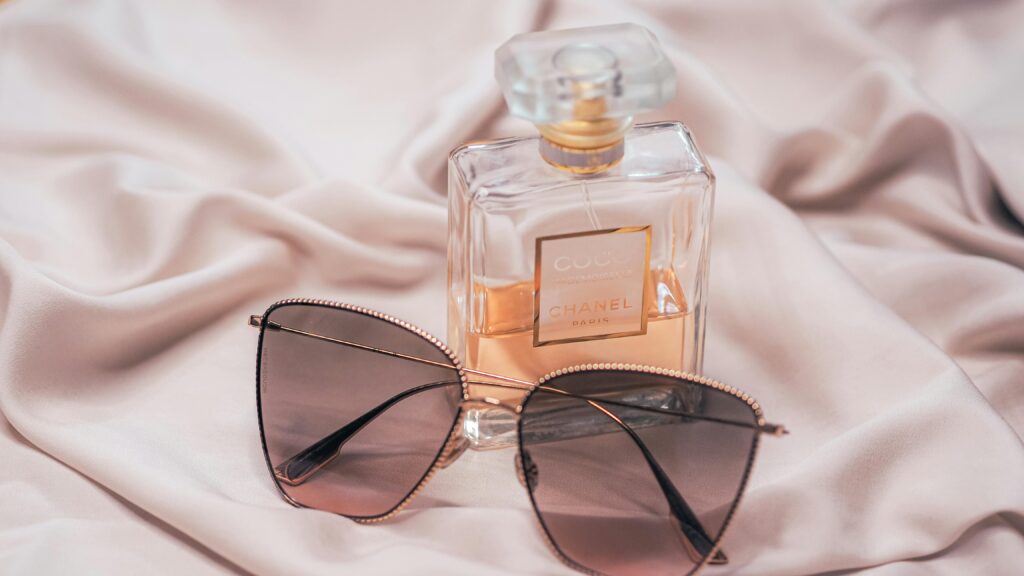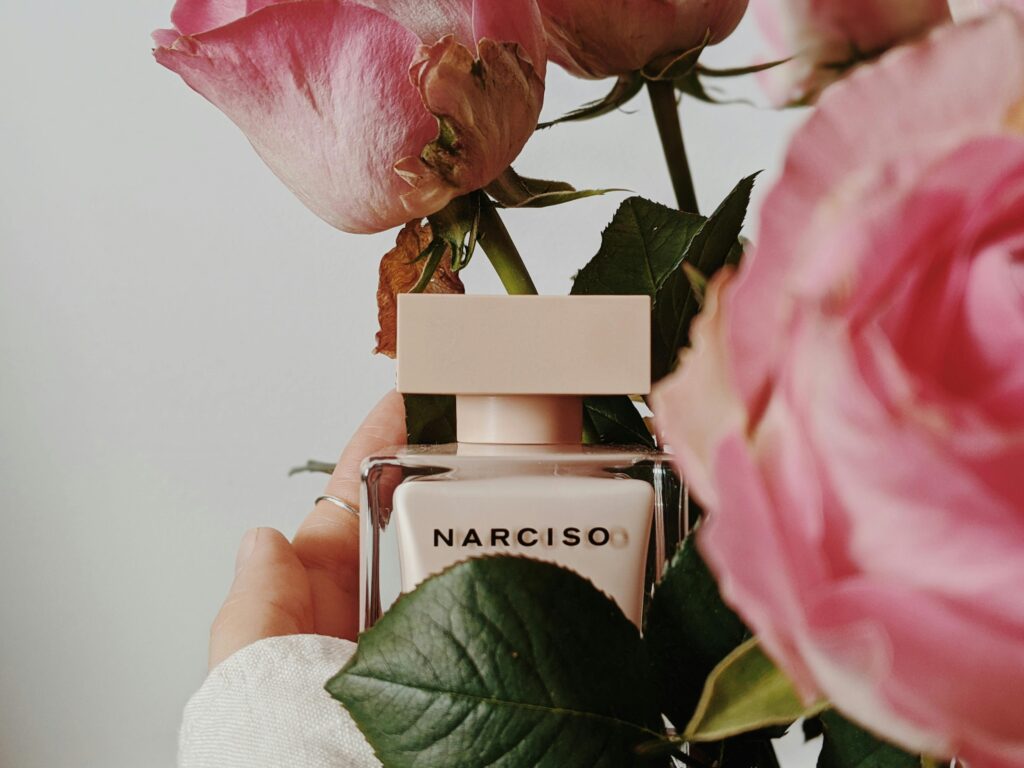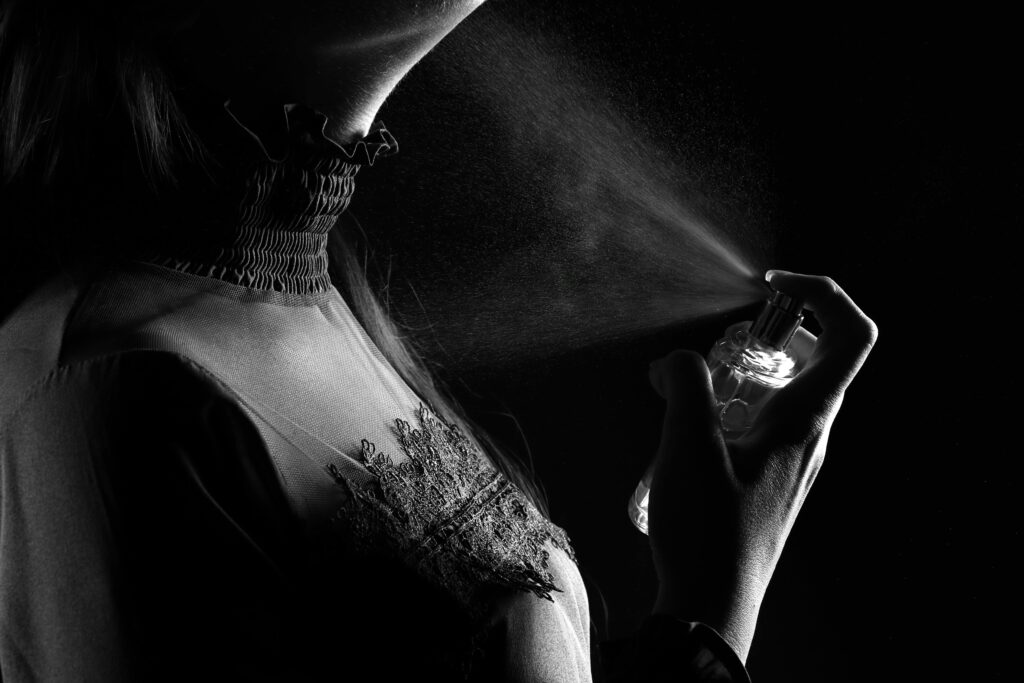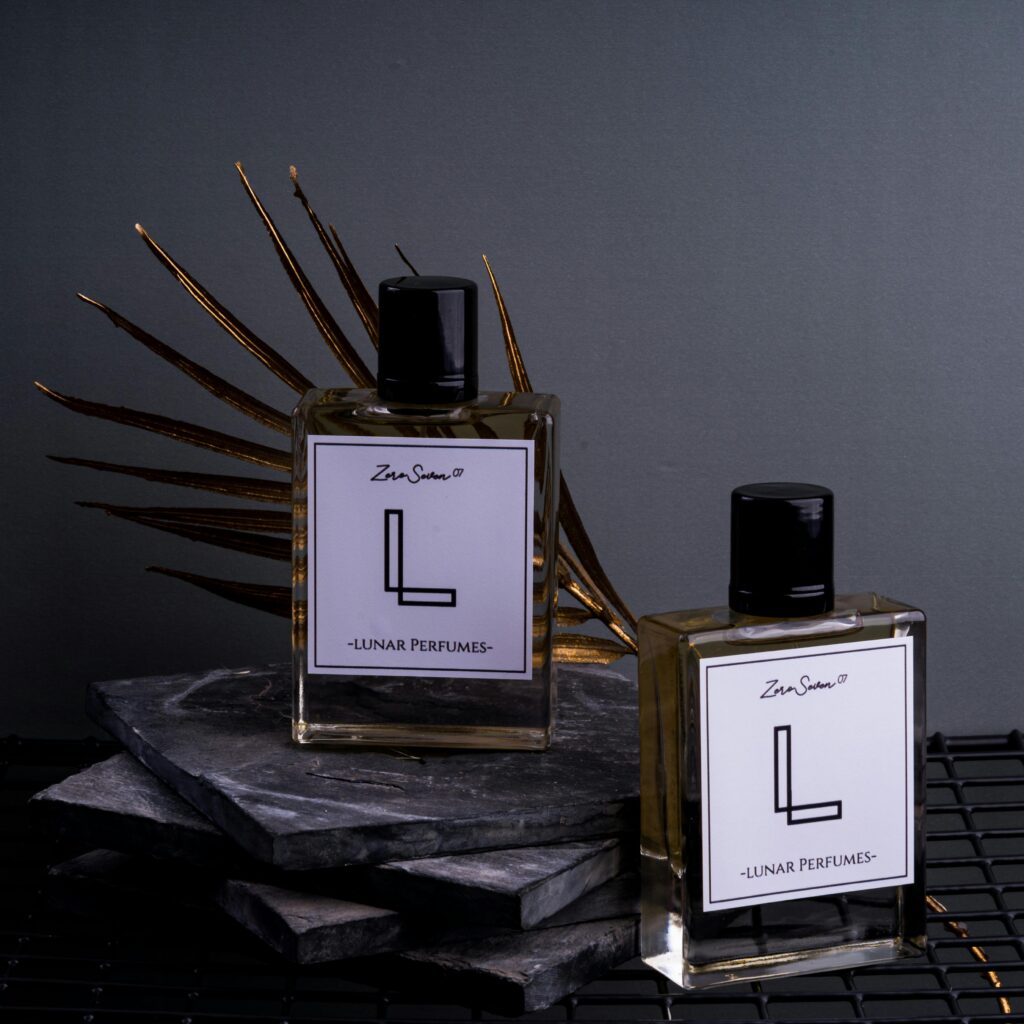There has always been more to perfume than just a pleasant scent. It is a very personal form of self-expression, a cultural artifact, a status symbol, and a memory container. Every classic perfume has a backstory that is linked with art, history, and the vision of great perfumers who have produced scents that stand the test of Time. In addition to defining eras, these legendary fragrances have influenced the worldwide perfume business, generating many reimaginings and establishing standards for what defines a “classic” scent. From the early beginnings of fragrance creation to the eternal masterpieces that still enthrall us today, this essay will delve into the intriguing history of classic perfumes.

The History of Fragrances
The Latin expression per fumum, which means “through smoke,” is where the word “perfume” originates. Its early use in religious ceremonies, wherein fragrant herbs and resins were burned for contact with the divine, is reflected in this. More than 4,000 years ago, the first indications of perfume were discovered. The ancient Egyptians, Mesopotamians, and Indus Valley civilizations invented Perfumery.
Egypt
Spirituality and everyday life were intimately linked to perfume. According to legend, Cleopatra, the legendary queen, scented the sails of her ships so that the perfume would signal her presence before anybody could see her. In rituals, Egyptian priests also utilized scents such as kyphi, which is a mixture of honey, wine, resins, and spices.
Greece and Rome
Using oils infused with flowers and herbs for both bodily care and prestige, the Greeks perfected the art of Perfumery. The Romans, on the other hand, imported exotic oils and resins from all over their empire, turning fragrance into a symbol of luxury.
Middle East
Innovation in Perfumery originated in the Middle East. Steam distillation, which made it possible to extract essential oils like rose, was perfected by the Persian genius philosopher Avicenna (Ibn Sina). His work established the foundation for contemporary fragrance. By the Middle Ages, trade routes had brought perfumes to Europe, and the craft of creating fragrances was thriving in nations like France and Italy.
French Perfumery’s Ascent
During the Renaissance, Perfumery flourished in France, particularly in the town of Grasse. Grasse was perfect for growing lavender, roses, and jasmine—ingredients that are still essential in perfumes today—because of its temperate environment. People like Catherine de’ Medici and King Louis XIV made perfume a royal fascination in the French royal courts, where it became more fashionable. The purpose of perfume was not simply to cover up smells; it was also to convey elegance, money, and authority. The first perfume houses appeared around the 18th century. These were creative studios where perfumers experimented with blends that would eventually become timeless classics, in addition to being workshops for the creation of fragrances.
Classics of Timeless Fragrances That Influenced History
Certain scents have endured over Time, surpassing fads to become genuine classics. Let’s examine some of the most renowned masterpieces and their backstories.

Jicky Perfume (1889)
Guerlain’s Jicky, which is frequently referred to as the first “modern perfume,” blended synthetic compounds (such as coumarin and vanillin) with natural essences. This invention broke away from the straightforward floral waters of the past and gave scents more depth and duration. Although some claim his nephew’s nickname inspired it, legend has it that Aime Guerlain named the scent after a woman he once loved. Although contentious at the Time, Jicky’s bold, slightly animalic profile helped to establish modern Perfumery.
No. 5 Chanel (1921)
Chanel No. 5, arguably the most famous fragrance in history, was groundbreaking. The renowned fashion designer Coco Chanel desired a scent that embodied the modern woman—one that was uncluttered, abstract, and unmatched by previous scents. She resorted to Ernest Beaux, a Russian-French perfumer, who showed her a sample that had an innovative amount of aldehydes. These artificial chemicals added a soapy, glittering brilliance to the fragrance. No. 5 gets its name from Chanel’s selection of the fifth sample. Iconic figures like Marilyn Monroe, who famously declared that she only wore “five drops of Chanel No. 5” to bed, have worn this perfume, which has come to represent sophistication, femininity, and classic beauty.
Guerlain’s Shalimar (1925)
As a tribute to passion, Shalimar was inspired by the fabled romance of Emperor Shah Jahan and his wife, Mumtaz Mahal, who built the Taj Mahal. The rich, sensual oriental scent that Jacques Guerlain created by infusing it with notes of bergamot, iris, vanilla, and tonka bean changed luxury. Glass created the bottle, which looked like a fountain in Shalimar’s gardens. Shalimar is still one of the most well-known and enduring scents in the world, nearly a century later.
Jean Patou’s Joy (1929)
Joy was named “the costliest perfume in the world” when it was released during the Great Depression. Its recipe called for an extraordinary amount of rose from Grasse and jasmine—thousands of blossoms were needed for one bottle. Despite its enormous cost, Joy came to represent beauty and hope in a Time of despair. It illustrated how, even during trying times, scent could elevate the soul and represent luxury.
The 1947 Dior Miss Dior
Miss Dior, which debuted accompanying Christian Dior’s groundbreaking “New Look” fashion collection, was created to encapsulate the spirit of sophistication and femininity following World War II. Miss Dior was fresh and refined, representing a return to glamour and optimism with notes of green, floral, and chypre. Even though the scent has seen numerous interpretations since then, it nevertheless maintains its status as a classic.

Yves Saint Laurent’s Opium (1977)
Opium’s symbolic name provoked shock and controversy when it was first introduced. But with its strong, spicy-oriental scent that included myrrh, cinnamon, and jasmine, it soon became a best-seller. It is a perfume of mystery, seduction, and addiction, according to YSL. Although the name caused controversy, the bold idea guaranteed its status as a genuine 1970s and 1980s perfume classic.
Obsession with Calvin Klein (1985)
Obsession’s rich, seductive blend of spices, amber, and vanilla typified the 1980s, despite being relatively new in comparison to century-old classics. The decade’s penchant for powerful, expressive fragrances was reflected in the perfume. Its influence in perfume culture was further solidified by its controversial advertising efforts.
The Reasons These Classics Remain
What, then, qualifies a perfume as “timeless”? Several factors combine.
Innovation
New methods, materials, or ideas were frequently presented by the classics. Shalimar mastered oriental accords, No. 5 invented aldehydes, and Jicky was the first contemporary perfume.
Emotional Resonance
Many classic scents have a lasting impact because they are connected to romantic tales, significant cultural events, or individual identities.
Ingredient quality
These fragrances are made with extraordinary ingredients, such as the hundreds of jasmine flowers in Joy and the premium vanilla in Shalimar.
Design and Branding
The classic Chanel No. 5 or Shalimar bottles are essentially pieces of art, adding to the perfume’s heritage.
Cultural Influence
When perfumes are accepted by the general public, frequently worn by famous people, or associated with significant historical events, they become classics.
The Classic Perfumes’ Modern Legacy
Timeless scents are still quite popular today. Their essence still inspires new generations of perfumers, even though some have been reworked throughout Time because of changes in legislation or the availability of ingredients.

Reissues and flankers
Many houses make classics accessible to younger audiences while maintaining their original DNA by releasing contemporary versions (like Chanel No. 5 L’Eau).
Inspiration from a niche
Modern niche perfumers frequently honor the classics by creatively reinterpreting their recognizable structures.
Cultural icons
People frequently view wearing a vintage perfume as a sign of refinement. In a world where trends change quickly, they represent heritage, artistry, and classic elegance.
Conclusion
Discovering the origins of classic perfumes tells the tale of humanity as a whole, not only the development of fragrance. Perfume has reflected our goals, aspirations, and fantasies throughout history, from ancient rituals to royal palaces, from industrial innovation to cultural revolutions. More than just scents, timeless classics like Chanel No. 5, Shalimar, Joy, and Miss Dior are living traditions. In addition to defining what perfume can be, they are still influencing how fragrance will develop in the future. Wearing these timeless pieces not only allows us to enjoy a lovely scent, but it also allows us to participate in history by preserving the creativity and enthusiasm of generations of perfumers who have committed their lives to the art form. Because of this, these scents are very classic.